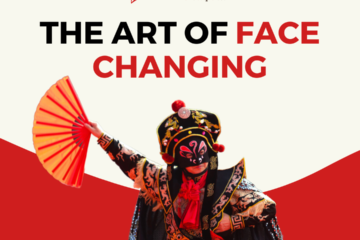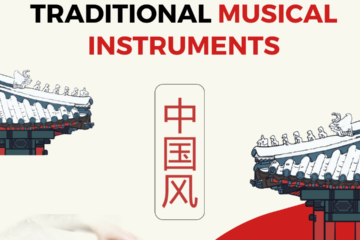Author: GeGe Hu
China is famous for its tea culture, but wine culture is equally important with its long history and many varieties. The Western drinking culture mainly exists to respect and appreciate wine itself. In China, however, wine is not only about the art of drinking, but also the art of enriching ourselves as the drinking culture often intertwines with the humanistic dimension of poetry and literature.
By looking at Chinese literature, wine-drinking gradually became an essential process of literature writing as literati often turned to wine for spiritual freedom and inspiration. Nowadays, wine is still used in traditional Chinese medicine where many prescriptions have scientifically proven benefits with special ingredients including snake gall, scorpions and more.
But alcohol is most used for socializing during dinners, celebrations, holidays, casual get togethers, and business meetings. Wine constitutes an important bridge to exchange ideas and build stronger relationships because it loosens people up and helps relieve misunderstanding.
The most common alcohol is Chinese white wine, or Baijiu (白酒), which derives its name from its white color. It is usually made from fermented sorghum, wheat, barley, or glutinous rice. Baijiu is comparable to vodka and is often drunk in shot glasses, and it is the drink of choice for business dinners.
When drinking with friends, Chinese people usually play drinking games. Such games include both sophisticated “word games” involving poetry and riddles, as well as “common games” such as dice guessing, card games, and so on.
“Cheers” is translated as Ganbei (干杯)! Literally, it means “dry the glass”: with each toast carried you must empty your glass. When toasting, you should hold the glass with your right hand and support it with your left. While clinking glasses with someone higher than you in either aspect, your glass must be lower. If you are sitting too far, raise the class and tap it against the side of the table.


